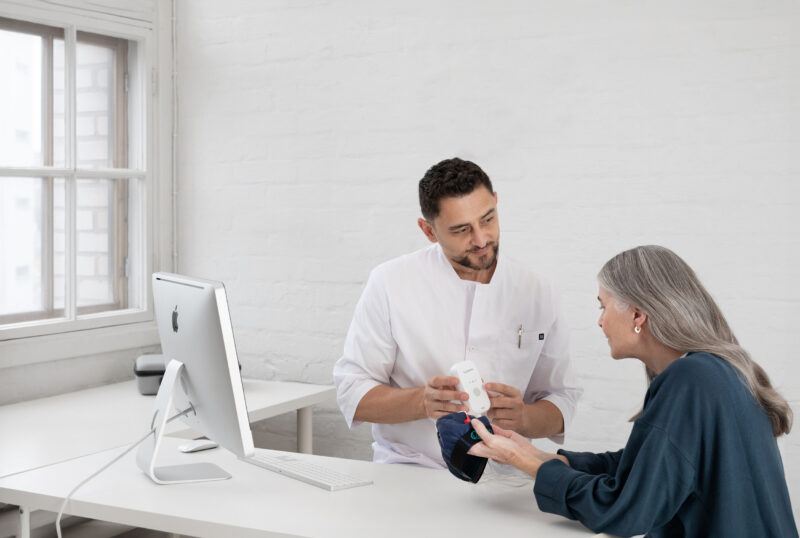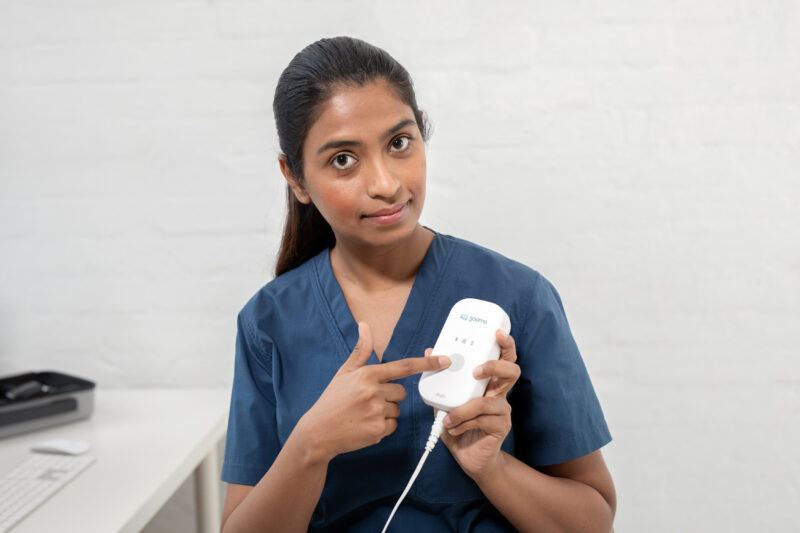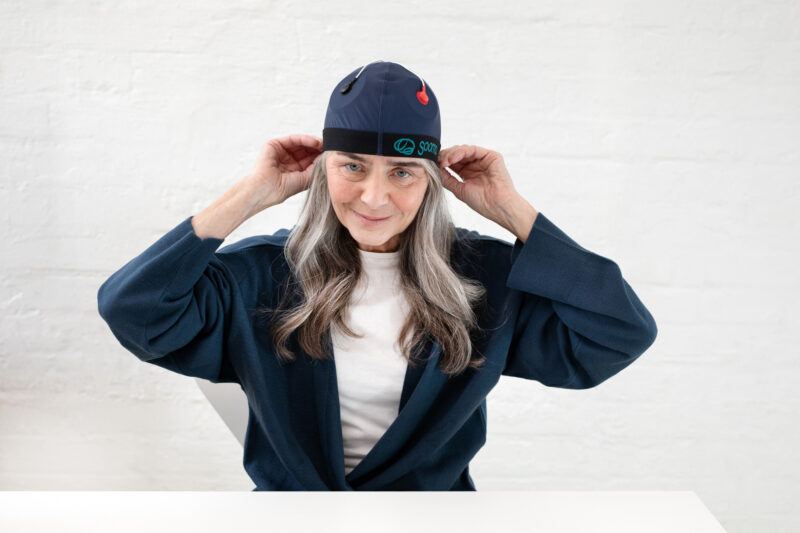
Sooma Pain Management
Pain doesn’t have to be in control
Long-term pain conditions, such as fibromyalgia and chronic neuropathic pain, typically have debilitating effects on the body, the brain, and the quality of life. The array of symptoms can be as difficult to navigate as the side effects of the medication prescribed. But what if there was a medical treatment that didn’t involve prescription drugs? Introducing Sooma tDCS™.
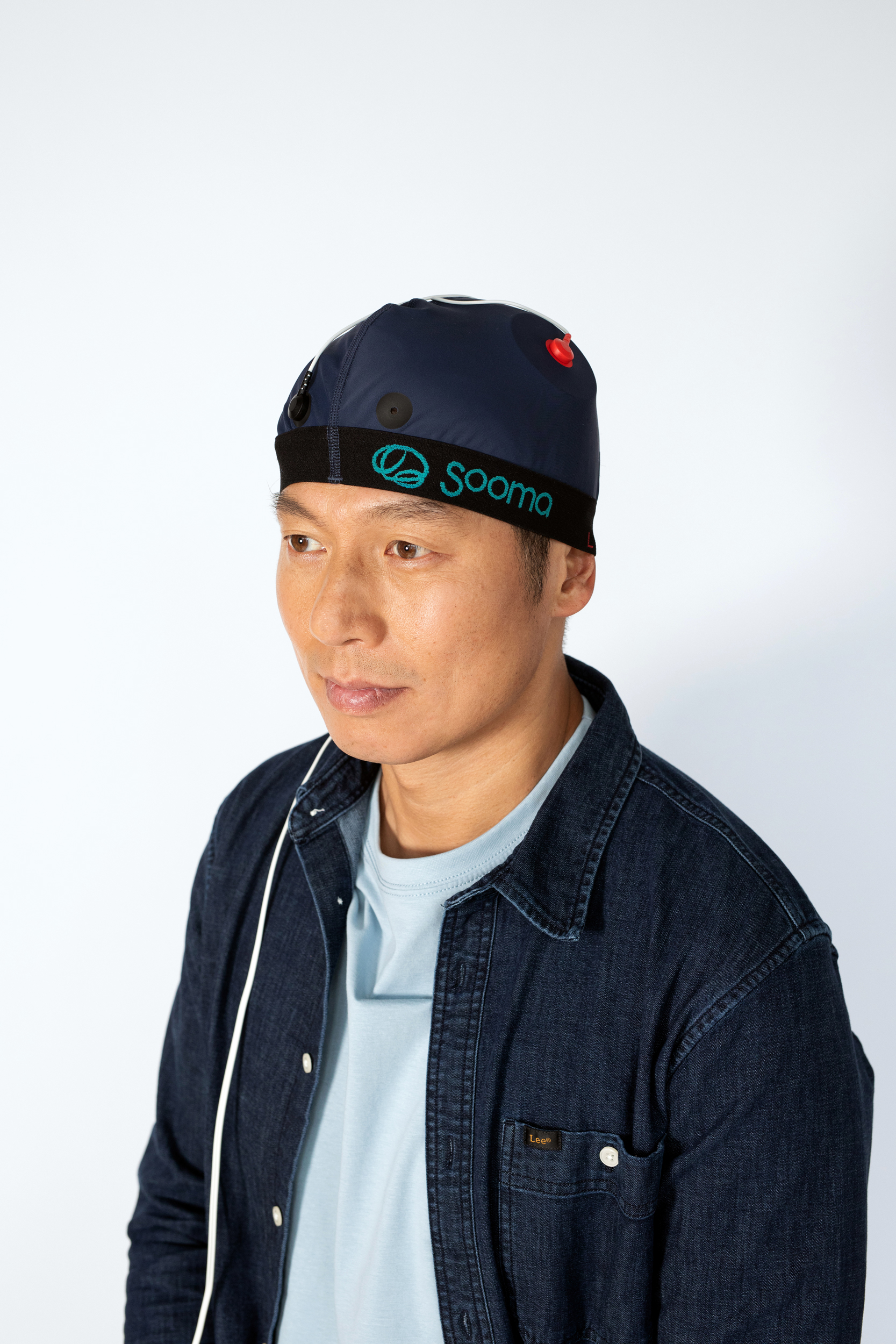
Alleviation through stimulation
Many chronic pain patients and their clinicians will be familiar with the range of available pharmaceuticals – but there is also a drug-free option. Sooma tDCS is a trailblazing medical treatment that has brought relief to many sufferers of long-term pain conditions. Our solution utilizes a scientifically proven noninvasive brain stimulation technique to reduce pain levels associated particularly with fibromyalgia and chronic neuropathic pain.
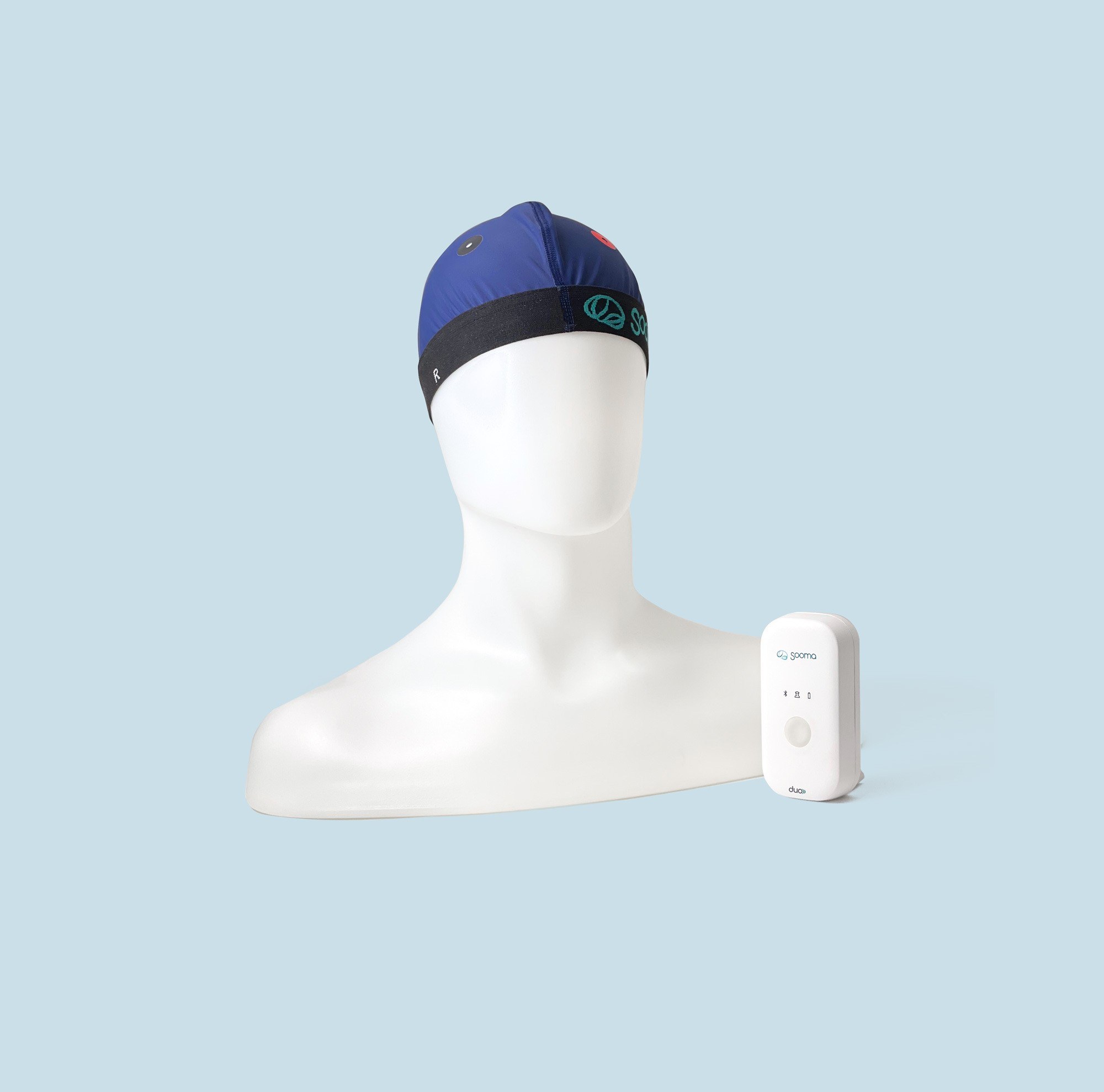
Pain relief – engineered
Sooma tDCS is a sophisticated solution based on a well-established brain stimulation therapy called transcranial direct current stimulation (tDCS). The method utilizes a small portable medical device, which safely delivers a mild electrical current to the areas of the brain responsible for sensory and affective pain processing.
The treatment is drug-free and can be used either as a first line of treatment or to bring additive effects to other forms of treatment. To ensure appropriate usage and monitor treatment progress, Sooma tDCS is always prescribed by a medical professional.
Treatment in 3 steps
Guided pain management from the very first consultation.

Take the next step
Whether you are a healthcare professional or a patient, find out how you can start managing pain effectively with Sooma tDCS.
